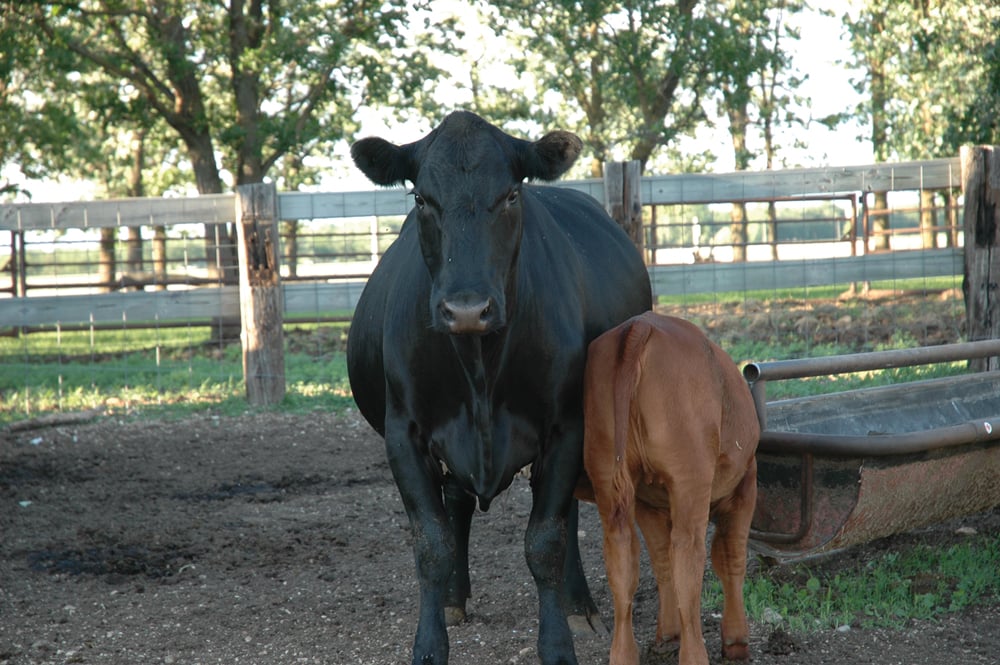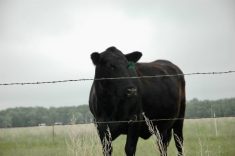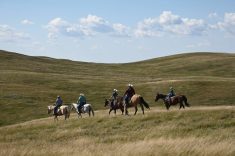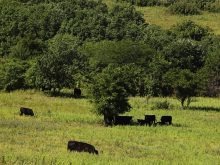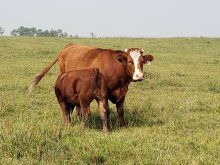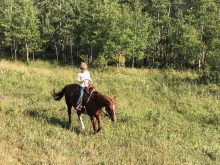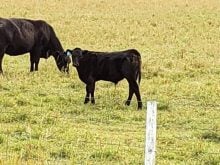A friend of mine operates a 300-cow-calf operation. This year, he put out his creep feeders during the end of July and his March-born calves really haven’t eaten much creep-feed in the last month. That’s because his pastures are still lush and his cows are milking well.
He joked that he is ready to lock them up inside the creep enclosure and force-feed them. Like most people, myself included, he wants to add about 60 lbs. of creep-fed weight to each calf, in order to take advantage of 2024’s record-breaking feeder prices.
Dried-out pastures make any nutritious creep feeding program work, but we seemed to forget that a lot of rain makes us dependent upon profitable economics, if we are going to creep-feed calves until late autumn. Consequently, I have calculated the profitability of creep feeding calves for 2024, which targets 60 lbs. of extra weaning weight in a 100-day creep feeding program and I compare it to that of non-creep-fed animals. The main profit drivers of this year’s creep-feeding are:
- predicted feeder prices during this autumn andinto winter,
- current feed prices, and
- feed efficiency in which creep-feed is turned into heavier weaning weights.
For 2024, the accompanying spreadsheet shows that to put 60 lbs. of creep-fed body weight on large-framed calves (segregate out the replacement heifers) in a 100-day creep feeding program looks unbelievably profitable.

I estimated a base $4.50/lb. for fall-weaned 600-lb. calves and the recent decreased creep-feed prices of 15 cents/lb., together with an estimated 6.5 feed efficiency and a 10-cent/cwt. market discount. The yield from those calculations is an unheard-of $150 premium, or a 250 per cent return on investment, for creep-fed calves.
It has been my experience that when producers wait until late summer to put out creep-feeders, feed intake by spring calves is dictated significantly by pasture quality, even though mum has already dried up.
This means calves usually start to come up to the creep feeders and eat a couple of pounds of creep each day, for a few days. Then they might not come up again for about a week. It’s only in early fall that calves tend to tackle creep consumption to an optimum seven to eight lbs. per day, which continues until they put on an extra 60 lbs. until weaning.
To drive such great creep feed intake, I believe that only a highly nutritious grain-based creep feed should be provided. As a beef nutritionist, I have formulated many creep rations that fill this nutritional gap for spring calves. One of my favourites is a 14 per cent protein and medium-energy feed pellet, made up mainly of wheat middlings, and some barley and supplemented with high-protein concentrates such as corn distillers’ grains. Its mineral/vitamin profile also contains a complement of calcium, phosphorus and salt with essential trace minerals and vitamins A, D and E.
Read Also
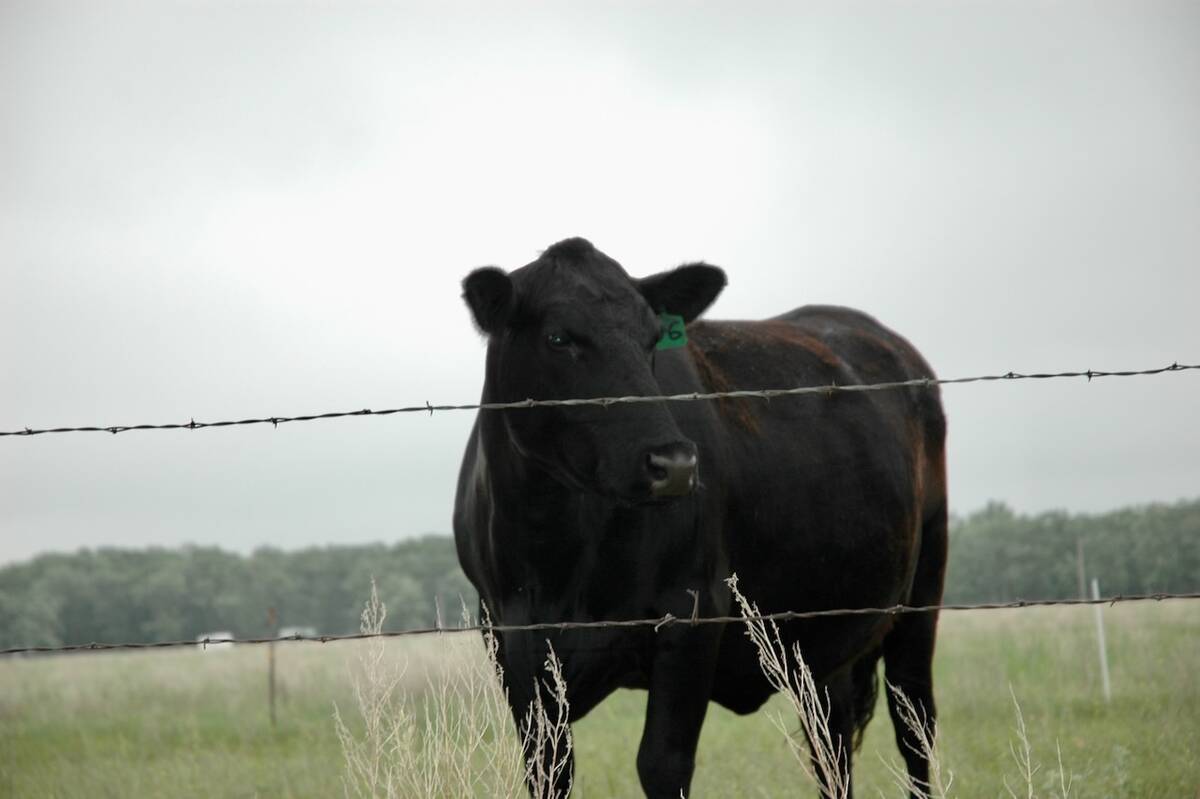
High prices make cow culling decisions easier
There’s some flexibility around good cows that aren’t pregnant, depending on the philosphy of the ranch, but poor-productivity cows should be culled, livestock nutritionist Peter Vitti says.
It should also be noted I have formulated rolled creep feeds with a similar nutrient profile, largely using steam-rolled oats in combination with a special protein pellet. Plus, all of my creep feeds contain five per cent molasses to improve and steady feed consumption by young calves. Brewer’s yeast is often added to improve forage digestibility and monensin sodium (a coccidiostat) is added to prevent the devastating effects of coccidiosis.
As an alternative to my creep feeding program, a feed mill operator for whom I worked part-time 15 years, and who owns a 100-cow-calf herd, takes a more aggressive approach. His sons put their creep feeders out much earlier in the spring. Initial consumption by spring calves starts at one to two lbs. per head per day, but steadily increases throughout a normal grazing season (with timely rains, no drought) in a step-up fashion toward autumn.
As a result, weaning weights of their spring calves are consistently higher by 20 lbs. (80 lbs., total) with better feed efficiencies of six lbs. of feed per pound of gain compared to the above conventional creep feeding program.
The funny thing is, whether my other friend is truly serious about locking his calves in to creep feed them, or my former employer puts out their creep-feeders much earlier in the season, both producers should make more creep profit than ever. And it’s not just a couple of loonies, but a $150 profit per creep-fed calf. So, it’s never too late to creep feed, even when feeders are pulled as the first snowflakes fall.


